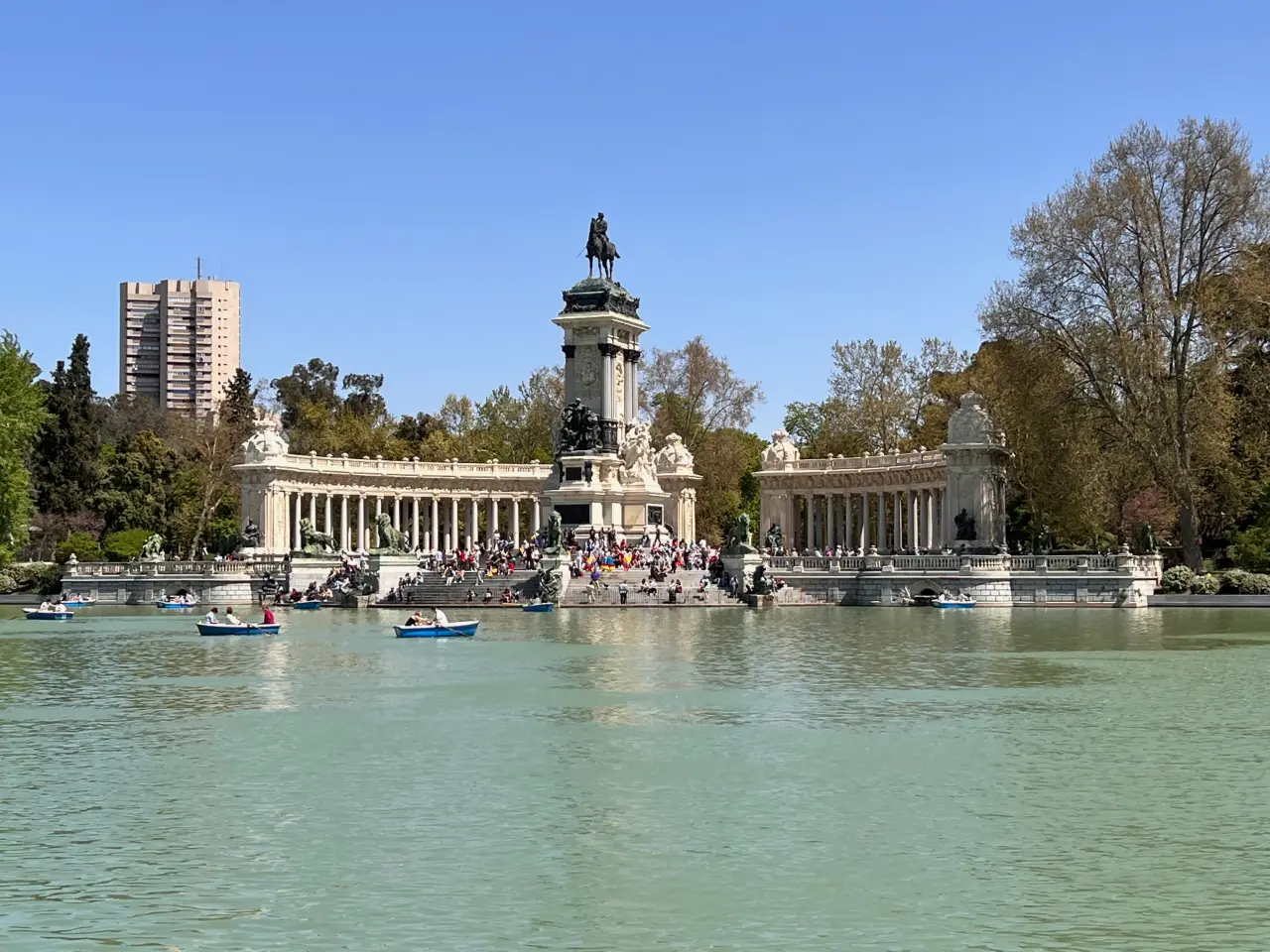What was once marketed as a leisurely, three-year journey around the world aboard Life at Sea Cruises has now been unveiled as a potentially flawed and overly ambitious venture, leading to its ultimate cancellation.
Life at Sea Cruises, since March, had been actively promoting this unprecedented journey, taking bookings and payments. Their website tantalizingly listed destinations such as the Great Wall of China and the Taj Mahal, aboard the MV Lara. However, the reality was starkly different. The ship, formerly known as the AIDAaura, never became part of Life at Sea’s fleet, having been acquired by Celestyal Cruises instead.
The unraveling of this venture was swift. A day after the sale of the ship, Life at Sea announced the cancellation of their cruise, leaving would-be passengers in disarray. According to CNN, Miray Cruises, the parent company, cited financial constraints and investor withdrawal due to Middle Eastern unrest as reasons for not purchasing the ship, priced between $40 million and $50 million.
The ambitious itinerary promised an extensive journey beginning in Istanbul, covering the Americas, Asia, the South Pacific, Australia, India, Africa, and Europe over three years. This slow-paced exploration was set at a cost significantly lower than many long-term cruises, with prices ranging from $38,513 to $98,226 per person per year.
With less than half of the 1,266 passenger capacity booked, the cruise faced several delays and changes, including a shift in the departure city from Istanbul to Amsterdam, before the eventual cancellation on November 17th.
Passengers, now promised refunds in installments, are left recalibrating their lives after planning for a three-year voyage. The company had even considered relocating the cruise to a smaller ship but ultimately decided against it.
The dream of visiting iconic landmarks like the Great Wall of China and the Pyramids of Giza has been dashed, not only due to the absence of a ship but also because of logistical impracticalities pointed out by discerning observers.
Winnegans Fake, a NY Times reader, insightfully commented that the geographical impossibility of this venture, stating, “The Great Wall of China, the Pyramids of Giza, Machu Picchu, and the Taj Mahal are all at least 200 km from the nearest port.” This observation raises questions about the feasibility of the itinerary and the experience passengers would have actually received, potentially resembling more an ‘incarceration’ than a vacation.
A.L. from New Jersey expressed skepticism about the legitimacy of the offer, labeling it as a probable scam. The financial aspects of such a long cruise seemed dubious from the outset. This sentiment was echoed by many, who found the numbers and logistics unconvincing.
H Zelman from Ohio highlighted the serious implications for passengers who not only invested money but also made significant life changes in anticipation of the cruise. The fact that Life at Sea Cruises advertised and accepted payments without owning a ship was a red flag, suggesting a too-good-to-be-true scheme. The ongoing operation of their booking website further fueled suspicions of a potential Ponzi scheme.
The cruise, originally priced between $38,513 to $98,226 per person per year, promised an affordable, extensive tour spanning continents. However, the cancellation has left passengers, some of whom had sold homes and possessions, in a precarious position. They are now navigating the process of reclaiming their investments, a journey likely to be as tumultuous as the cruise itself promised to be.
The venture’s collapse is not just a tale of a failed business endeavor but also a cautionary tale for the travel industry and consumers alike. It underscores the importance of due diligence and the need for transparency and accountability in the marketing of such large-scale travel experiences.
The cancellation of the cruise, originally set to explore the Americas, Asia, the South Pacific, Australia, India, Africa, and Europe, has turned from a story of adventurous travel to one of dashed hopes and a complex web of financial and logistical questions.













